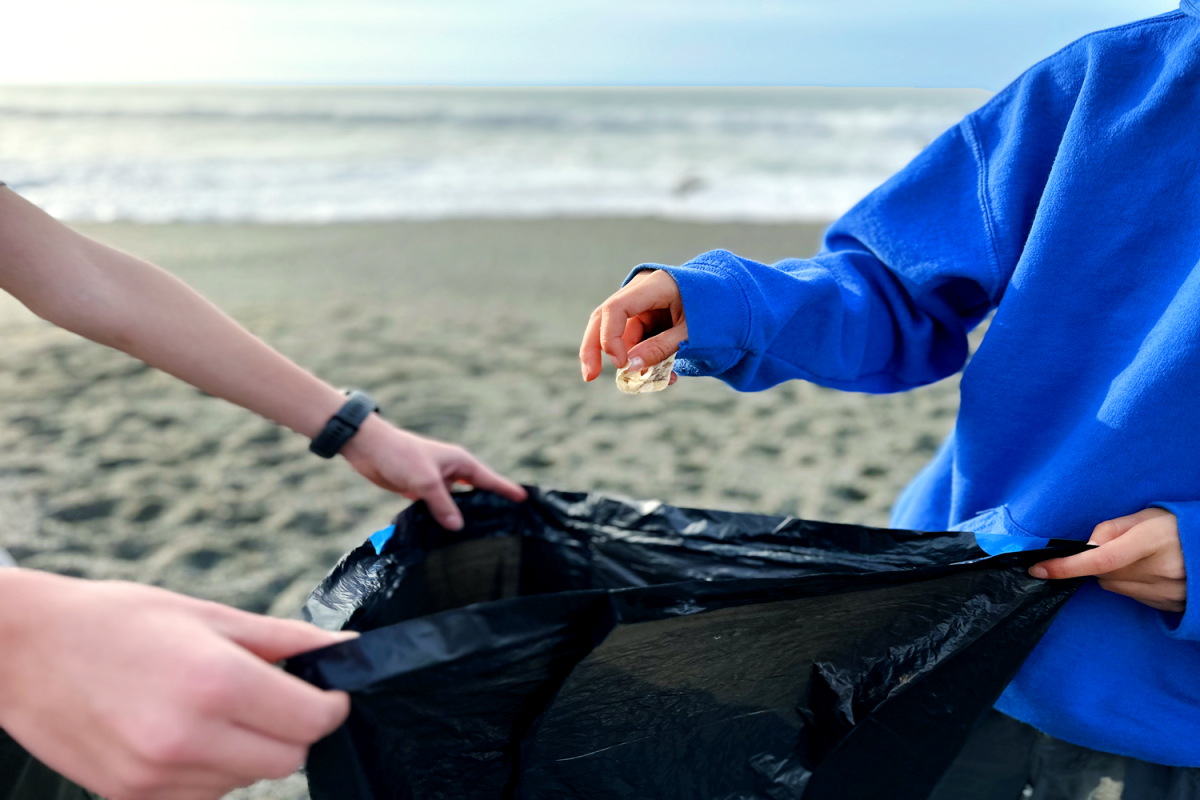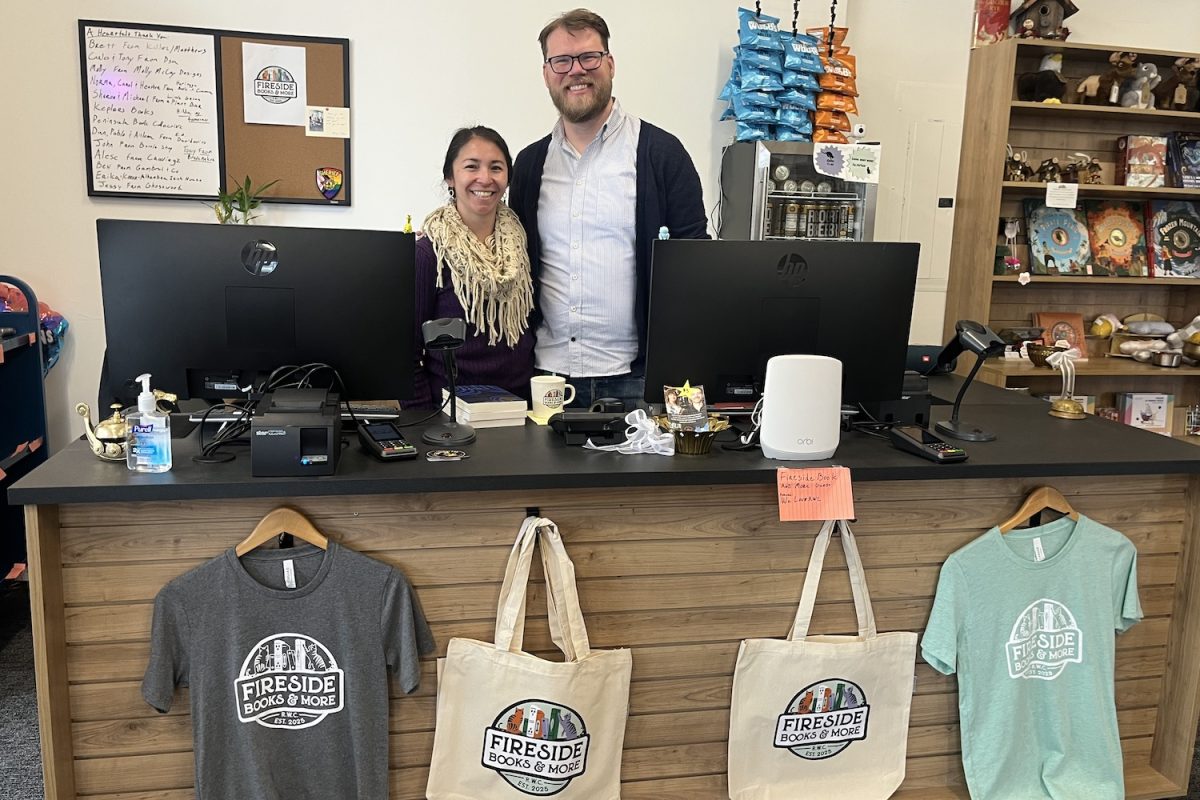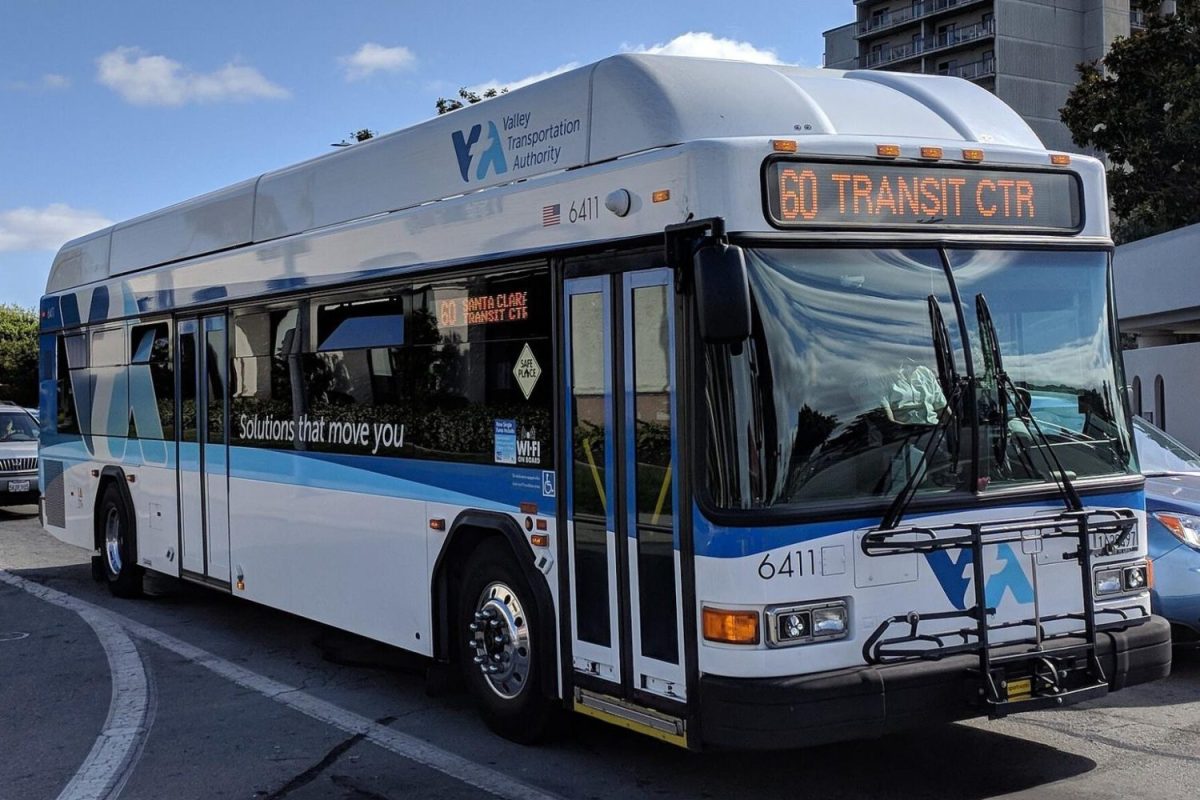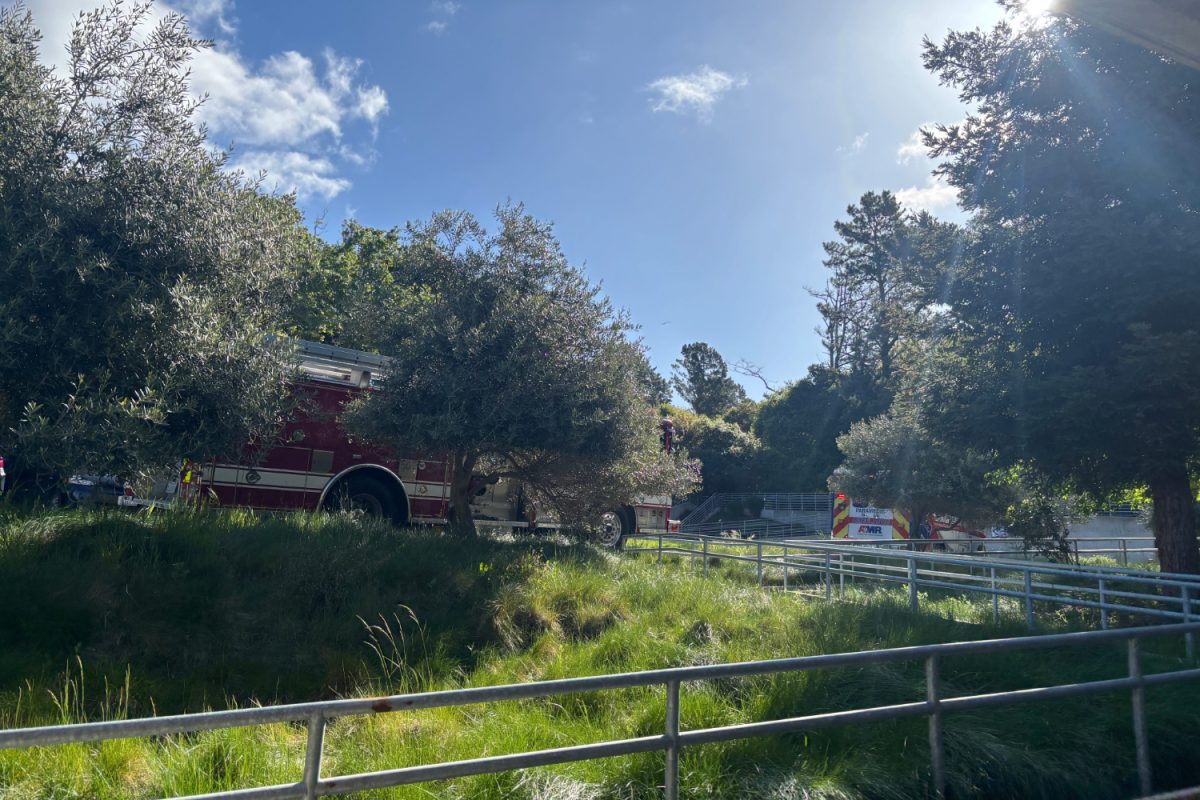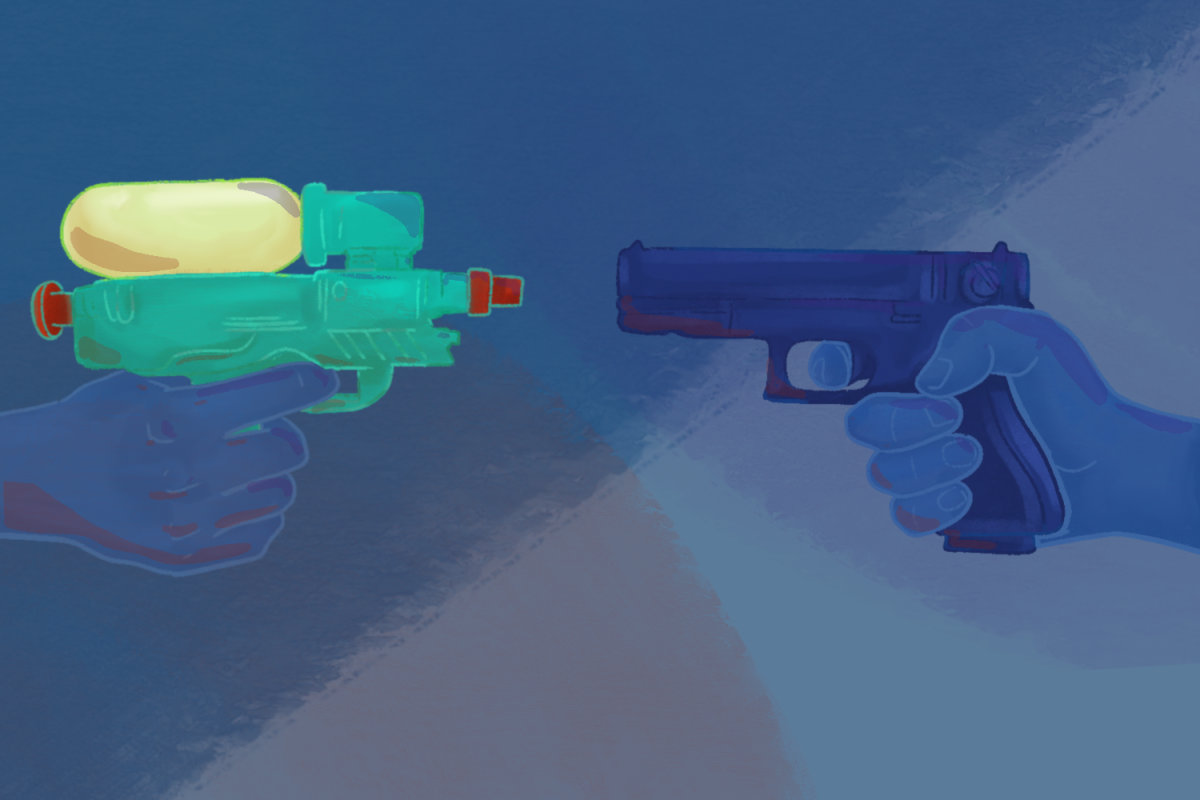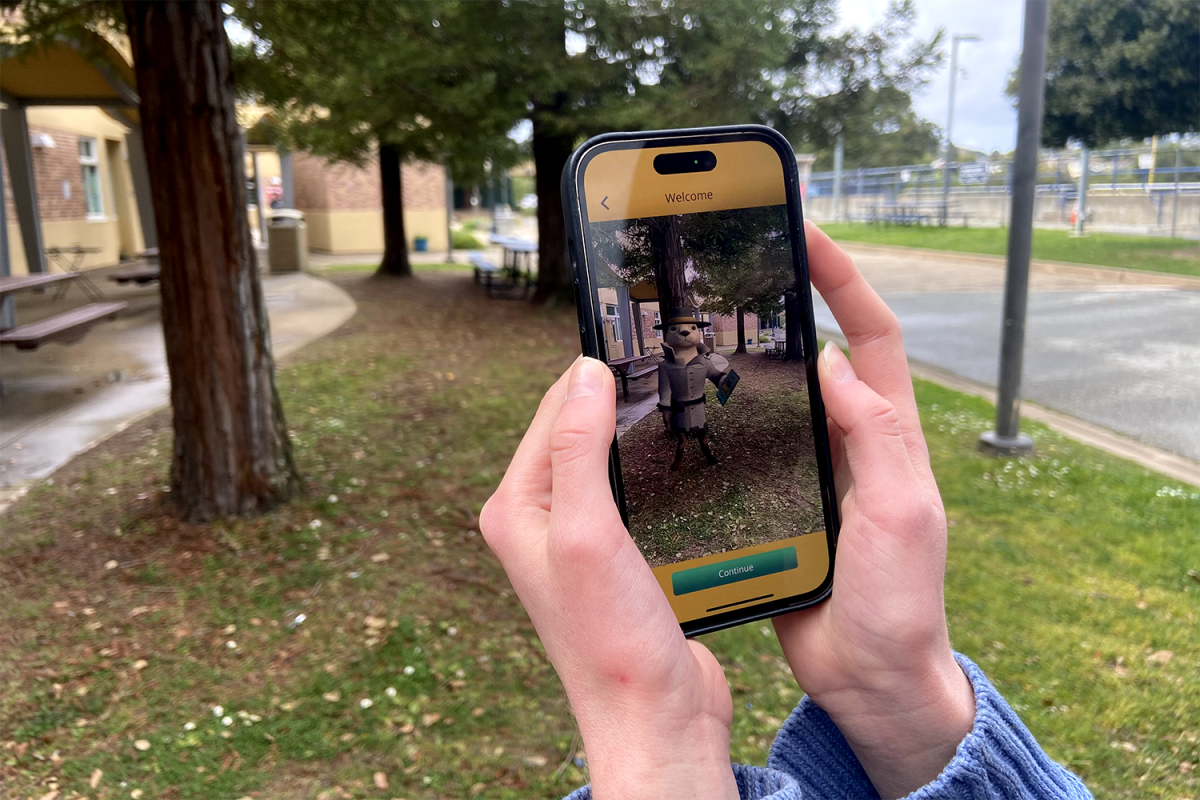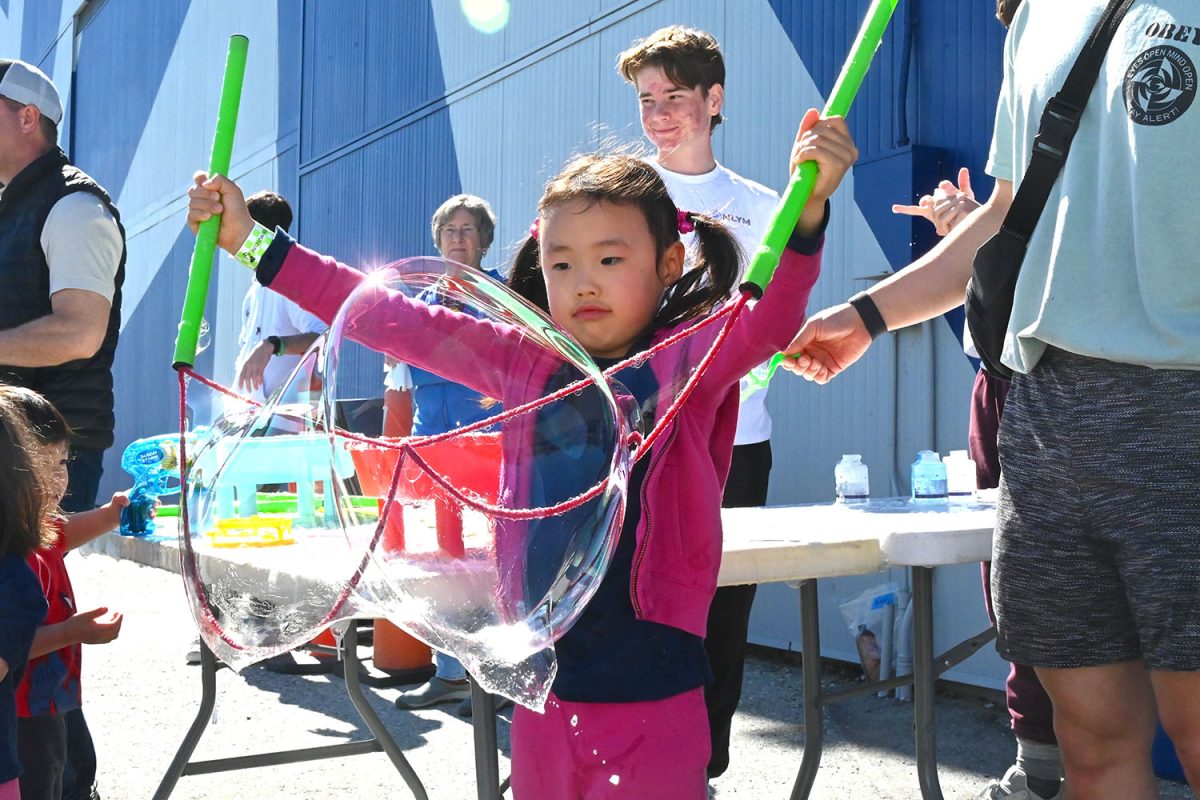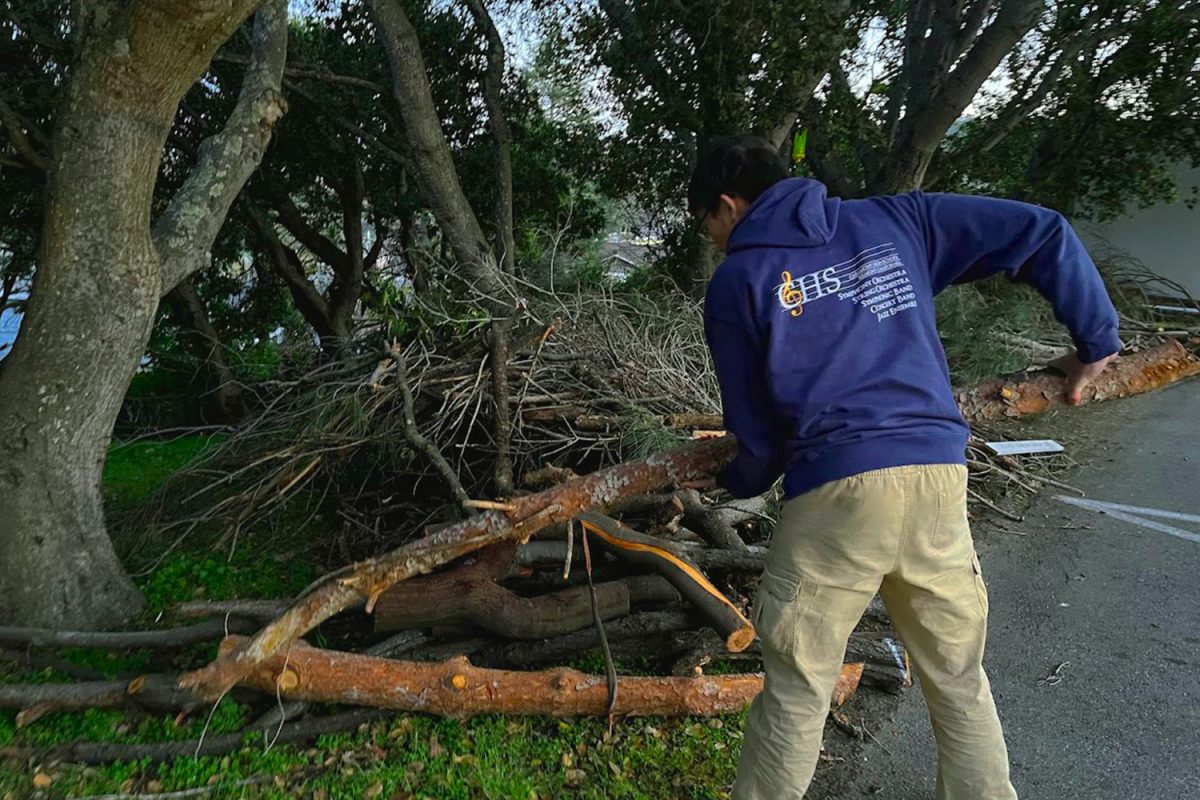Plastic pollution is often at the forefront of both environmentalists and the public’s minds; now, new and innovative solutions to this rising problem focus on cleaning up trash around harbors and in rivers before it enters the ocean.
According to NASA, around 8 million metric tons of plastic flow into the ocean every year, which can kill and injure wildlife, hurt coral reefs, and cause dangers to human health. With new technologies developing, though, new and incredibly effective solutions to this pollution have emerged.
Companies like the Ocean Clean Up, Clearwater Mills, and the Seabin Foundation have pioneered this field, bringing creative solutions to this seemingly impossible problem. They use new inventions to clean up harbors, bays, and rivers to keep trash from the ocean.
“There are natural systems that are meant to help keep the ocean clean,” said Manya Kumar, the co-president of Mission Marine at Carlmont. “We’re just putting waste in at such a pace where the ocean can’t keep up.”
The Seabin Foundation is based in Australia and collects trash from the water’s surface using a floating trash can. Their program has captured close to 110 million pounds of plastic waste from bays and harbors around Australia.
The technology that the Seabin Foundation uses is a simple but effective solution.
They have installed 110 floating bins around Australia that take in the water and floating trash on the surface. The water is then pumped back through mesh that traps all the garbage. Humans only have to empty the bins, making it an efficient way to collect trash.
Since these bins only pull in floating objects, it is more difficult for the animals to get trapped in the first place. If they get trapped, they can go out through the mesh or be safely rescued by humans later.
These bins are currently installed in several harbors and bays around Australia. They have done significant work cleaning the oceans and contributing materials to studies to understand the plastic problem better.
“We are creating technologies and processes that allow us to measure and study the pollutants in the water,” said Jack Robb, a biologist focused on marine internalist biology, who did research studying California muscles and their habitat range.
Mr. Trash Wheel has been a staple in Boston Harbor for the past 10 years, protecting the beauty of the harbor and the animals that live there. Mr. Trash Wheel is a semi-autonomous robot that simply collects plastics floating down the river and entering the harbor.
“Most systems they’re pushing for now seem to be automated because it’s such a huge task that’s impossible to do individually,” said Michael O’Neall, one of the AP Environmental Science teachers at Carlmont.
The technology behind Mr. Trash Wheel is relatively simple and effective. It has a conveyor belt and rotating rakes that scoop up trafrom the water. Additionally, this is powered by solar panels and a water wheel turned by the river, so it is entirely off the grid. It also serves as a great tourist attraction.
“Seeing the effectiveness of trash clean up can give a sense of empowerment,” Kumar said.
The technology behind Mr. Trash Wheel is also very similar to the technology used by Ocean Clean Up. The Ocean Clean Up focuses on a few rivers that dump a lot of plastic into the ocean.
According to Our World in Data, rivers worldwide emit about 1 million tons of plastic into the ocean annually and are a massive contributor to the plastic problem.
“The pollution in Catalina Island was so bad there were times where people were told stay out of the water, and that is new,” Robb said.
New technologies must prevent more plastic from getting into the ocean and messing with the ecosystem there. They keep the problem from worsening, but cleaning up the trash already in the sea is challenging.
“Animals are incredibly adaptable and will make these plastics their home,” O’Neall said.
Simply going through the ocean and scooping out the plastic already there, even though it may seem like a straightforward solution, risks causing further damage to the ecosystems.
“There are a ton of organisms living in, and on the plastic, if we scoop it all up, we’re killing all of those too,” O’Neall said.
While programs like 4Ocean remove trash directly from the ocean, their programs are labor-intensive and require people to supervise all of the plastic collection to ensure that marine life isn’t harmed.
This means that the next most effective solution is simply preventing trash from reaching the ocean, which is what all of these inventions do. However, preventing trash from entering the sea is not a permanent solution.
“We focus a lot on cleaning up, but I think it is half the solution,” Kumar said. “Maybe one day we’ll stop putting trash into the ocean.”

